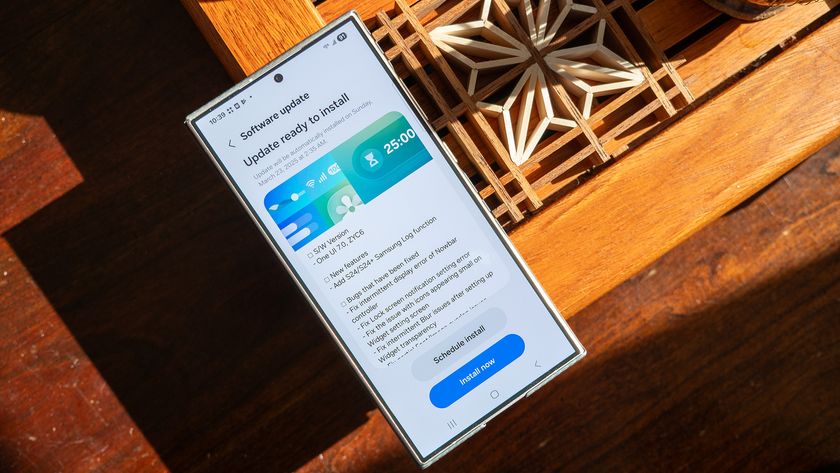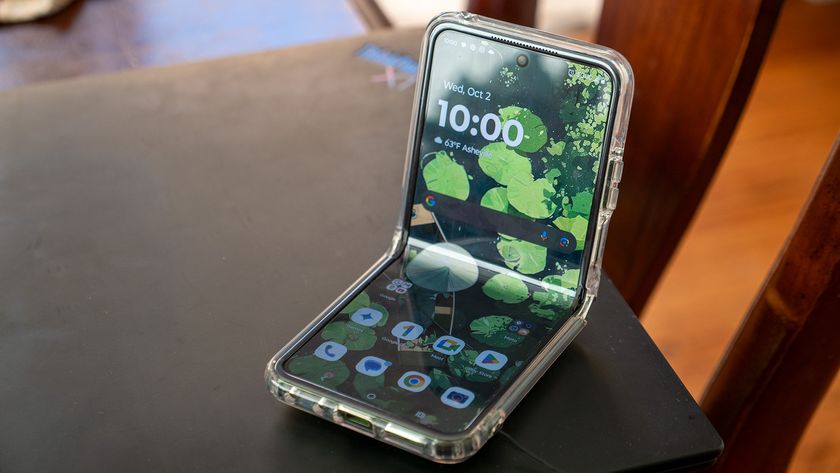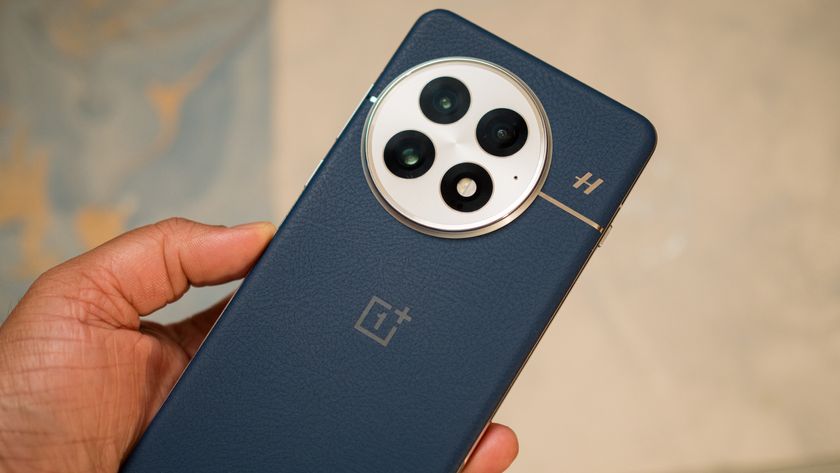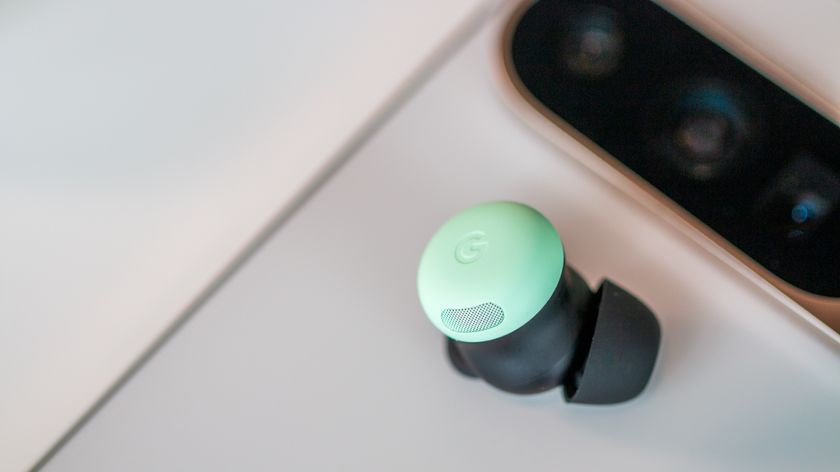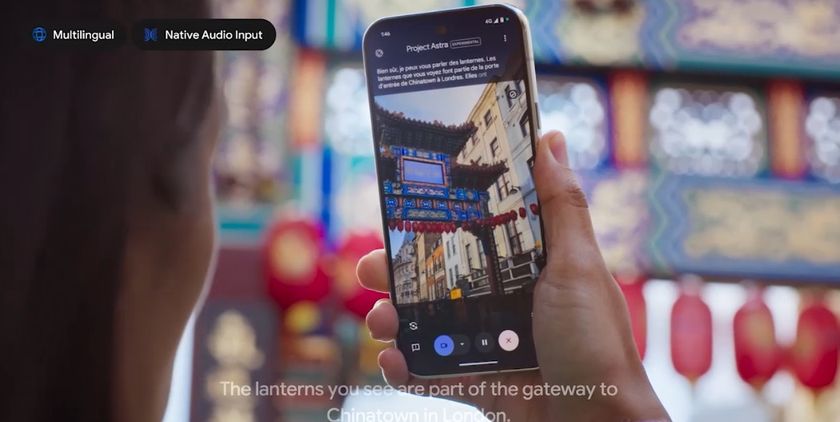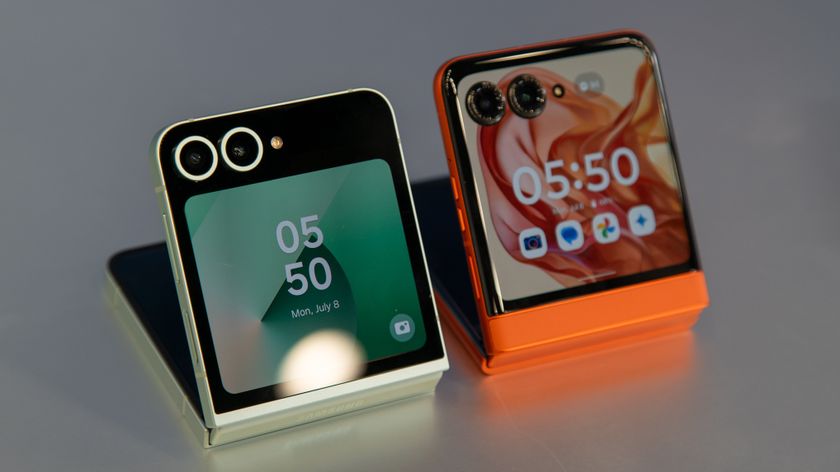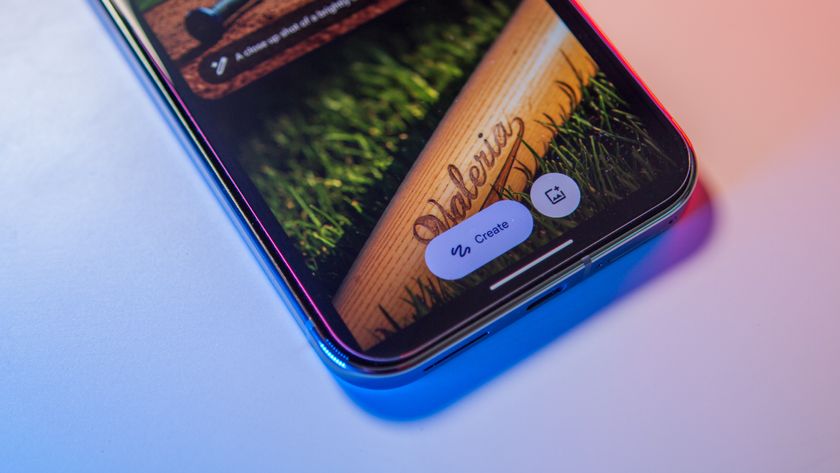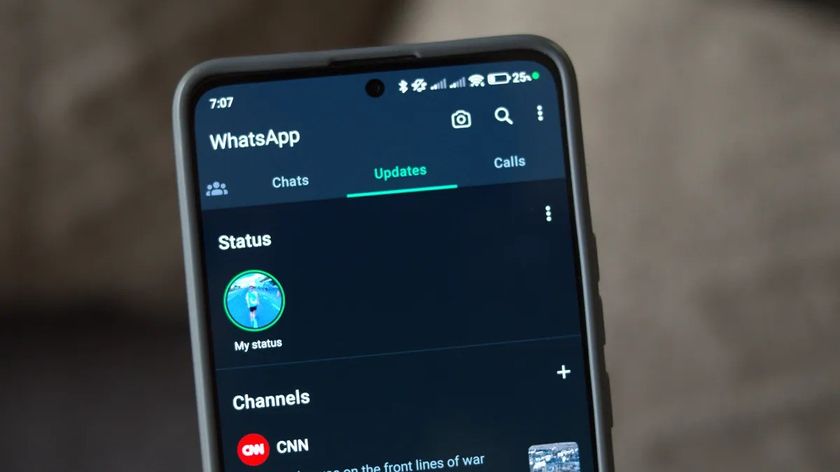Samsung Galaxy S5 Mini review
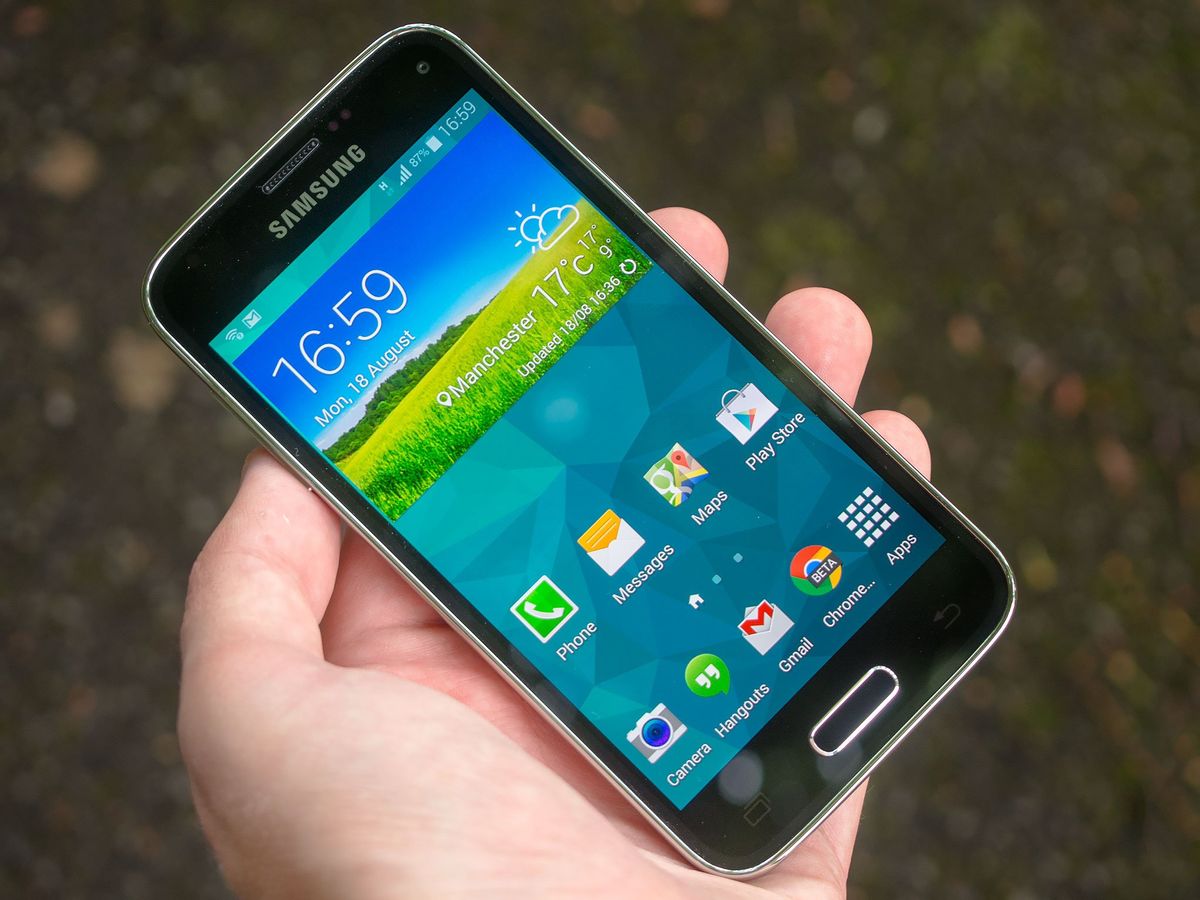
Another year, another Samsung Mini — is this one any better?
Even with the arrival of smaller flagship-level handsets like the Samsung Galaxy Alpha, "mini" Android smartphones typically occupy the mid-range space. This was the case with last year's Galaxy S4 Mini, and many miniature flagships since, including HTC's One Mini 2. And the same is true of the Samsung Galaxy S5 Mini, which downsizes its specs as well as its display.
But unlike last year's model, 2014's Samsung mini brings over some of its big brother's headline hardware and software features, meaning the user experience is much closer to the premium Galaxy S model this time around. But the GS5 Mini, like the phone upon which it's based, faces more competition than ever at its current price point. So how does it compare? Join us after the break, as we give the Samsung Galaxy S5 Mini the full review treatment.
About this review
We're publishing this review after two weeks with the European Samsung Galaxy S5 Mini — SM-G800F — on the Three network in the UK, on LTE and HSPA. Our review unit was running software version U1ANG7.
Thanks to Clove Technology for proving the Galaxy S5 Mini for review. Clove is currently selling the GS5 Mini in black, white and blue, with prices starting at £360 inc. VAT.
Video walkthrough
Samsung Galaxy S5 Mini hardware
It's a dead ringer for the full-sized GS5. And that's both a blessing and a curse.
Externally, the Galaxy S5 Mini is true to its namesake. From the rounded rectangular design to the dimpled battery door and the faux-chromed trim, this is a dead ringer for the full-sized GS5. That's both a blessing and a curse. For all the hype surrounding it, the Galaxy S5's design didn't exactly wow us, nor was it the most exciting handset we'd ever used. It's a fairly pedestrian-looking plastic Android smartphone, and the same can be said for its little brother. While there's nothing really wrong with this design, the plastic-centric construction and hefty bezels don't exactly scream quality.
By the same token the Galaxy S5 Mini isn't a bad-looking phone. From the front it's inoffensive enough, and the matte-textured back of the black model we're using is a vast improvement upon the slimy, glossy plastic used in previous Samsung designs. It feels solid, but not special.
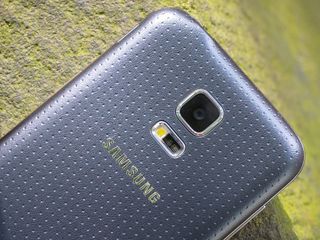
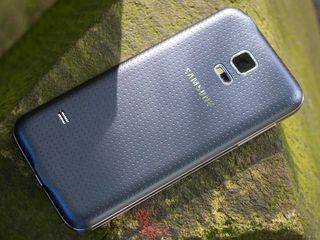
Solid, but not special.
There are a few physical changes worth noting, however. The Galaxy S5 Mini is waterproof (rated IP67), but unlike the full-sized version its microUSB port isn't hidden behind an annoying plastic flap. Finally, it seems, we've arrived at a mainstream smartphone that's impervious to a dunk in the bath, but without the annoying, fiddly trade-off we're used to seeing. The plastic battery door still has a rubbery seal on the inside, so you'll want to make sure it's securely snapped on each time you replace it. (And yes, the phone still reminds you to do this each time you start it up.)
Be an expert in 5 minutes
Get the latest news from Android Central, your trusted companion in the world of Android
Around the back of the GS5 Mini, the 8-megapixel camera protrudes ever so slightly through the battery door — it's very nearly flush with the surface of the back panel, but not quite. And underneath it sits the single LED flash and heart rate sensor. That's right, that feature you're probably not using on your Galaxy S5 is back on the Mini.
Similarly, the home key also doubles as a fingerprint sensor, allowing the GS5 Mini to inherit the full version's biometric security capabilities — and the Mini's smaller size means swiping the home key to unlock the device is a little more convenient than before. The positioning of the button is still somewhat precarious, and the accuracy rate far off 100 percent, but we had a much easier time using it on the Mini than the regular GS5.
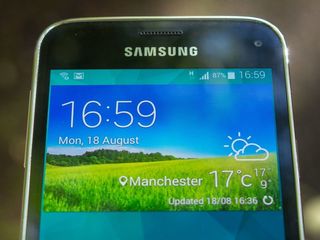
On the front you'll find a 4.5-inch 720p SuperAMOLED display — a panel using a diamond PenTile subpixel arrangement, as most leading Samsung phones do. That irregular subpixel pattern means text appears less sharp than an equivalent 720p LCD, and if you look closely you can make out the dreaded PenTile matrix pattern around on-screen fonts. However for the most part, the screen looks perfectly fine.
Colors are as bright and vivid as we'd expect from a modern SuperAMOLED display, and while there's some artificial contrast-boosting going on, it's not excessive. What's more, the Mini's display is perfectly visible outdoors, an area in which previous-gen AMOLEDs have struggled.

There's one odd quirk with the Mini's screen, though. Like the GS5, it activates a super-high brightness mode when in direct sunlight, sacrificing some contrast and image quality in order to make the screen more visible. On the GS5 the change isn't that drastic, but the Mini's sunlight mode is completely nuts, blowing out colors and making the already colorful TouchWiz UI pretty psychedelic. If you didn't know better, you might think the screen was broken.
Beneath the screen you've got the traditional mixed Samsung button setup — a big clicky home key, flanked by capacitive back and task-switching buttons. Curiously, though, there's no haptic feedback for the capacitive buttons, nor is there any option to switch it on. The vibration motor works in other apps, it just doesn't seem to be tied to the back and multitasking buttons. It's not a deal-breaker, but it is a rather odd design choice.
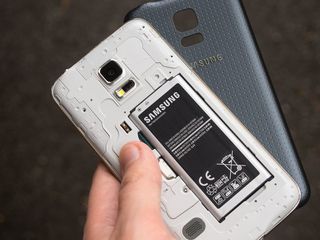
On the inside, the European GS5 Mini we're using runs a quad-core Samsung Exynos processor, made up of four ARM Cortex A7 cores at 1.4GHz and a Mali-400 MP GPU, backed up by 1.5GB of RAM. On the whole, the phone performs around the same as HTC's One Mini 2, a device with a different CPU, though one using the same Cortex A7 cores. It's fast enough as to not feel slow, but there's a tangible difference compared to the top-level Android phones of the moment — particularly in more demanding apps and high-end games.
This is no Snapdragon 801, but there's enough power for most stuff.
The GS5 Mini model we're reviewing has 16GB of onboard storage, of which an ample 11.8GB is available to use. Samsung also provides a microSD slot, naturally, which works with cards up to 128GB.
On top of that, Samsung's got the S5 Mini loaded up with all the connectivity features you'd expect from a modern Android phone — quad-band HSPA and support for the main European LTE bands, along with Bluetooth 4.0 and 802.11 a/b/g/n Wifi support. All of that functions as expected, and the GS5 Mini's LTE reception was comparable to that of other current Android phones.
More: Samsung Galaxy S5 Mini specs
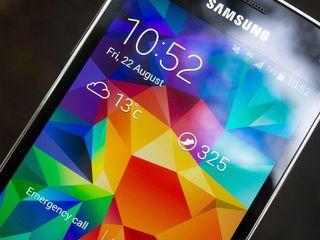
Samsung Galaxy S5 Mini software
Samsung's TouchWiz UI has improved substantially in the past year, flattening things out and bringing an altogether less cartoony visual style than Samsung phones of old. It's still bright and bold, with a few questionable design choices and unwelcome holdovers like the incessant "bloops" that punctuate each touch of the screen. Nevertheless, Samsung's "kitchen sink" approach means TouchWiz is unmatched in its sheer number of features, both useful and superfluous, it can offer. And this is one area in which the GS5 Mini maintains a surprising level of parity with its big brother.
TouchWiz is unmatched in its sheer number of features, both useful and superfluous.
At first glance, the UI is essentially identical to what you'll see on a full-sized Galaxy S5. Same bright, colorful widgets, dark teal color schemes and labyrinthine settings menus. TouchWiz has grown to the point where if you can imagine it, there's probably a feature buried somewhere in that maze of colored circles that'll let you do it.
Want a high-sensitivity mode for when you're using gloves with the touchscreen? That's there. Want the phone to watch out for when you look away, using its front-facing camera, and keep the screen on even if you're not touching it? That's a feature, too. Biometric security through the built-in fingerprint scanner? Check. (Though we'd still like to see more supported apps.)
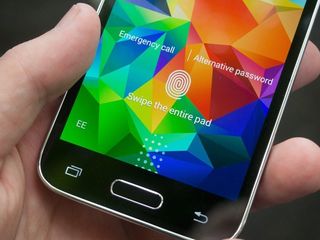
Conspicuous in its absence is Samsung's Multiwindow feature, which lets you run two apps on-screen at a time — likely due to the Mini's smaller screen size, or its lack of hardware muscle.
Just about everything of consequence from the GS5 has made it across.
Besides that, just about everything of consequence from the GS5 has made the transition into this smaller, leaner handset. Smart Remote uses the built-in IR blaster to control your TV, an increasingly common feature for modern smartphones. S Voice is Samsung's personal assistant app, which coexists somewhat awkwardly with Google's own voice-activated features.
There's also the full suite of S Health features, and Samsung's fitness hub — or rather "wellness" hub, since it now incorporates a baffling stress-sensing feature. Everything you'd expect for tracking every aspect of your health is here, including your weight, diet, exercise — including step count — and even your sleep pattern, should you possess a compatible Samsung wearable. We ran into a few issues using the GS5 Mini's smaller heart rate sensor, though.
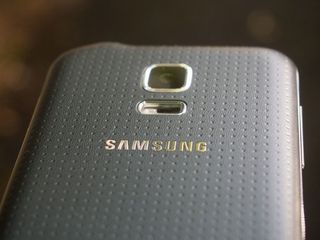
The sensor failed far more frequently than the Galaxy S5's, and often required several runs before taking an accurate reading, even when holding the device completely still in a quiet room. The heart rate sensor is also used for S Health's stress level measurement, which we had to try about a half-dozen times to complete. Notionally it's supposed to give you a measurement of how stressed you are, but we always recorded a minimum stress level. (Which is reassuring — if only the process of getting that reading weren't so stressful in itself.)
That's all built atop Android 4.4.2 KitKat, which is still the latest version of Android we've seen on a Samsung phone in the West.
Bottom line — a bewildering array of features, many of which you'll probably never use. But they're there if you need them, and presented in a way that's more attractive than earlier Samsung efforts, even if TouchWiz isn't quite as polished as HTC Sense or Google's Material Design.
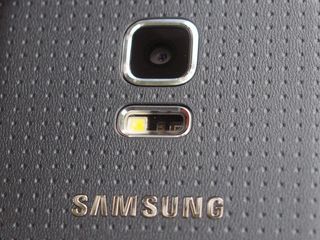
Samsung Galaxy S5 Mini camera
The Galaxy S5 Mini sports an 8-megapixel rear camera and 2.1-megapixel front-facer, and both are relatively competent mid-range shooters. The layout of the camera app largely mirrors that of the GS5, the main exception being that the HDR (or "rich tone," as it's called) now lives in the "modes" menu, as opposed to being accessible from the grid layout. At the same time you don't get a real-time HDR previews, and HDR shots take longer to process.
Elsewhere, you'll find a similar grid of photographic options, including metering modes, image effects, white balance and EV (exposure value) tweaks. The "modes" menu also houses some of Samsung's more exotic shooting modes, including Shot & more, which can be used to capture a series of shots before applying an effect — for example, merging several frames of a moving object, or selecting the best face for each person in a group shot.










A decent mid-range camera, with one slight weakness.
But despite the hardware and software limitations, the GS5 Mini's rear camera generally takes good-looking shots — better than the HTC One Mini 2's 13-megapixel camera, at any rate. Most of the time you'll get pleasing shots without any of the aberrations associated with low-quality smartphone sensors: visible noise, mushy over-processed images, artefacting or washed-out color. On the whole, particularly in daylight, the Mini captures decent-looking photos with a plenty of fine detail. Look up close and you'll see evidence of software sharpening, but even that's not too obnoxious.
However the GS5 Mini is much more susceptible to hand motion than most other smartphone cameras, and we unfortunately ended up with more than a few blurry shots, even in well-lit scenes, due to movement of the camera. The camera app does have its own software stabilization feature, like the regular Galaxy S5, however this only kicks into action in much darker scenes.
When it comes to video, the GS5 Mini will capture 1080p footage at up to 30 frames per second, and again, footage is generally decent-looking, with no real complaints. Dynamic range is noticeably narrower than on the Galaxy S5, but that's true of most smartphone cameras, particularly mid-range models.
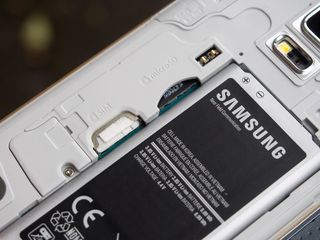
Samsung Galaxy S5 Mini battery life
Samsung's packed the Galaxy S5 Mini with a 2,100mAh — a removable cell seated behind the water-resistant battery door. The capacity is the same as the fixed battery sealed inside HTC's One Mini 2, and Samsung's Mini closely matches HTC's in terms of longevity. (Not surprising given the hardware similarities elsewhere in these devices.)
Your mileage may vary, but we never found ourselves running short of juice during our couple of weeks with the GS5 Mini. Standby time was excellent, with the device using almost no juice when left to sync on its own for Wifi for several hours. And even with continuous LTE usage we found it difficult to really tank the battery in a short space of time.
Samsung's optional Ultra power saving mode makes a return too, switching off some of the phone's higher functions, turning the display to a darker greyscale mode and eliminating background data transmissions in order to extend the battery's useful life.
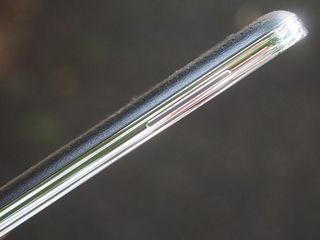
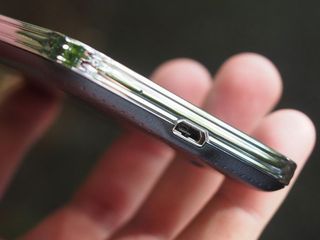
By the end of a day of moderate use hopping between Wifi, LTE and HSPA on the Three UK network, we managed over 17 hours of time between charges, with a little over four hours of screen-on time. With more conservative usage patterns, including use of Samsung's Ultra power saver mode, you'll make it into a second day with relative ease.
We're rapidly approaching a situation where most mid and high-end Android phones are basically good enough for the vast majority of users, and the Galaxy S5 Mini is another handset that leaves us with no concerns over its longevity. What's more, Samsung's low-power modes — and the fact that the battery itself is removable — gives it a slight edge over some rivals.
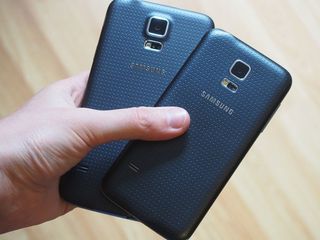
Samsung Galaxy S5 Mini — The bottom line
Another competent (if not exciting) mid-ranger from Samsung ...
The Galaxy S5 Mini is yet another competent mid-range phone from Samsung, and one that incorporates the majority of the hallmark features of its current flagship. It's a phone which retains much more of its namesake's headline features than its immediate predecessor, the Galaxy S4 Mini, making it a more faithful recreation of its big brother that handset.
That said, if you weren't a fan of the full-sized Galaxy S5, you won't find much here to sway you. The user experience is, for the most part, exactly the same as using the GS5 — only in a smaller form factor with slightly less power at your disposal. For all its quirks, though, and the great many features which most users will surely ignore, there's really not a lot to complain about. The GS5 Mini doesn't do anything particularly badly.
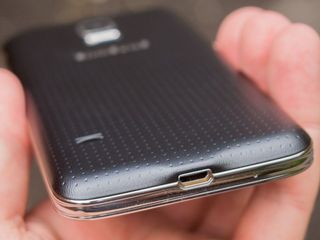
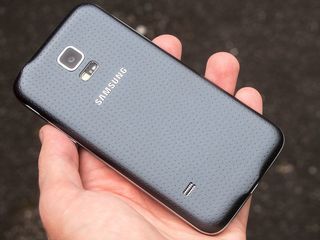
... But if you weren't a fan of the full-sized Galaxy S5, you won't find much here to sway you.
The Mini's main problem might be its launch price — in the mid-£300s range in the UK — is the biggest barrier to adoption right now. For that money you could pick up a Sony Xperia Z1 Compact — still a high-end phone by any standard, boasting faster performance, a better camera and longer battery life. For around £100 less you could also buy the year-old Moto X — no longer cutting edge, but still a fantastic phone with performance to rival the GS5 Mini. HTC's One Mini 2 also offers slicker software and premium build quality, though without many of Samsung's hardware and software extras.
Like the Galaxy S5, the question of whether the GS5 Mini is worth the money comes down to how much value you place on its standout features — waterproof credentials without plastic flaps, biometric security, the various health features, and the gazillions of other software tricks lurking within TouchWiz. If you place value on features, you'll find plenty to like here. But when it comes to the core experience, the in-hand feel and the hard-to-pin-down qualities that make a handset seem like a special, premium piece of technology, Samsung's Mini does little to raise its head above the competition.

Alex was with Android Central for over a decade, producing written and video content for the site, and served as global Executive Editor from 2016 to 2022.

